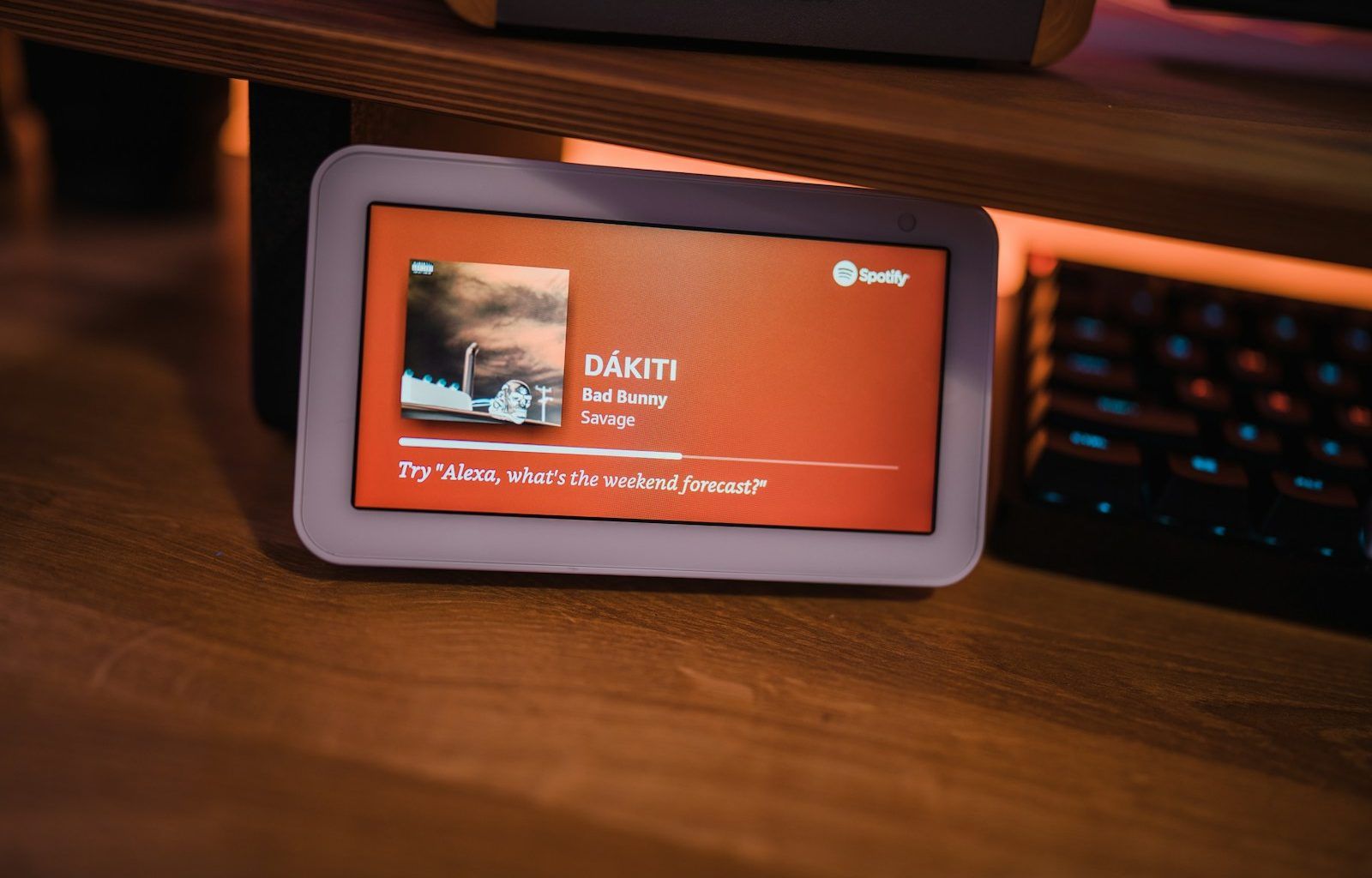If you’re an artist, producer, or even just a curious music fan, you might be wondering how Spotify’s payouts work. With millions of songs available at your fingertips, it’s natural to ask: how do artists get paid for streams? This blog unpacks the Spotify payout process in plain language, with tips and insights to help you navigate this world. Let’s dive in!
What Is Spotify Payout, and Why Does It Matter?
Spotify payout refers to the money artists earn from streams of their music on the platform. It’s important for artists because streaming has become one of the most significant revenue sources in today’s music industry. Understanding this process can help artists plan their careers, manage their finances, and set realistic expectations for earnings.
How Spotify Payouts Are Calculated
One common misconception is that Spotify pays artists a fixed amount per stream. In reality, the calculation is a bit more complex. Here’s a simplified version of how it works:
- Revenue Pool: Spotify collects subscription fees and ad revenue, which form the total revenue pool.
- Artist’s Share of Streams: Spotify calculates what percentage of total streams your music accounts for.
- Payout Formula: Your percentage of the total streams determines your share of the revenue pool.
It’s worth noting that Spotify doesn’t pay artists directly. Instead, payouts typically go to rights holders like record labels, distributors, or publishers. They then distribute the money to artists based on their agreements.
How Much Does Spotify Pay Per Stream?
While Spotify doesn’t have a fixed per-stream rate, the average payout often falls between $0.003 and $0.005 per stream. This means you’d need around 250 to 300 streams to earn $1. However, this rate can vary based on factors such as:
- The listener’s location
- The type of subscription (free or premium)
- The terms of your distribution deal
Synonyms: Spotify royalties, artist payouts, streaming revenue
Why Are Spotify Payouts So Low?
Many artists express frustration about the seemingly low payout rates. Several factors contribute to this:
- Revenue Sharing: Spotify splits its revenue with record labels, publishers, and other rights holders before artists see their share.
- Freemium Model: The free tier of Spotify generates less revenue, impacting the overall payout pool.
- Huge Catalog: With millions of tracks on the platform, revenue is divided among many artists.
Who Gets Paid: Understanding Rights Holders
Spotify payouts are distributed to rights holders. These include:
- Record Labels: If you’re signed to a label, they typically take a significant portion of your earnings.
- Distributors: Independent artists often work with distributors like DistroKid or TuneCore to get their music on Spotify.
- Publishers: Songwriters and composers receive a share of the revenue through publishing rights.
Knowing who holds your rights can clarify how much of the Spotify payout you’ll receive.
Tips to Maximize Your Spotify Earnings
While the payout per stream might seem small, there are ways to boost your earnings:
- Build Your Audience: The more streams you generate, the higher your earnings.
- Promote Your Music: Use social media, email newsletters, and other channels to drive traffic to your Spotify page.
- Leverage Playlists: Getting featured on playlists can significantly increase your streams.
- Engage Fans: Host live sessions, create behind-the-scenes content, and interact with your audience to build loyalty.
The Role of Playlists in Spotify Payout
Playlists are a game-changer for artists. Whether it’s an official Spotify playlist or a user-curated one, being added can expose your music to thousands—or even millions—of listeners. More streams mean more payouts.
Here are some ways to get your music on playlists:
- Submit your songs to Spotify’s editorial team.
- Reach out to independent playlist curators.
- Encourage fans to add your tracks to their playlists.
Does Spotify Treat All Artists Equally?
Not exactly. Larger artists with more streams naturally earn more. Additionally, artists signed to major labels often have better deals than independent musicians. This disparity can feel discouraging, but independent artists have more tools than ever to grow their audience and compete.
Streaming Isn’t the Whole Picture
While Spotify payouts are a crucial revenue stream, they’re not the only way for artists to earn money. Other income sources include:
- Merchandising: Selling branded merchandise like T-shirts or posters.
- Live Performances: Touring and performing at events.
- Sync Licensing: Allowing your music to be used in TV shows, films, or commercials.
- Crowdfunding: Platforms like Patreon let fans directly support their favorite artists.
Final Thoughts: Navigating Spotify Payouts
Spotify payouts might seem complicated, but understanding the process can empower artists to make the most of their streams. By growing your audience, leveraging playlists, and exploring additional revenue streams, you can maximize your earnings.
Whether you’re just starting or are an established artist, knowledge is power. Use this guide to take control of your Spotify strategy and turn those streams into a sustainable income.
Related Articles:
For further reading, explore these related articles:
- How to Cancel SoundCloud Go: A Step-by-Step Guide
- Apple Music Stats Tracker: Why You Need One and How to Get Started
For additional resources on music marketing and distribution, visit DMT Records Private Limited.






